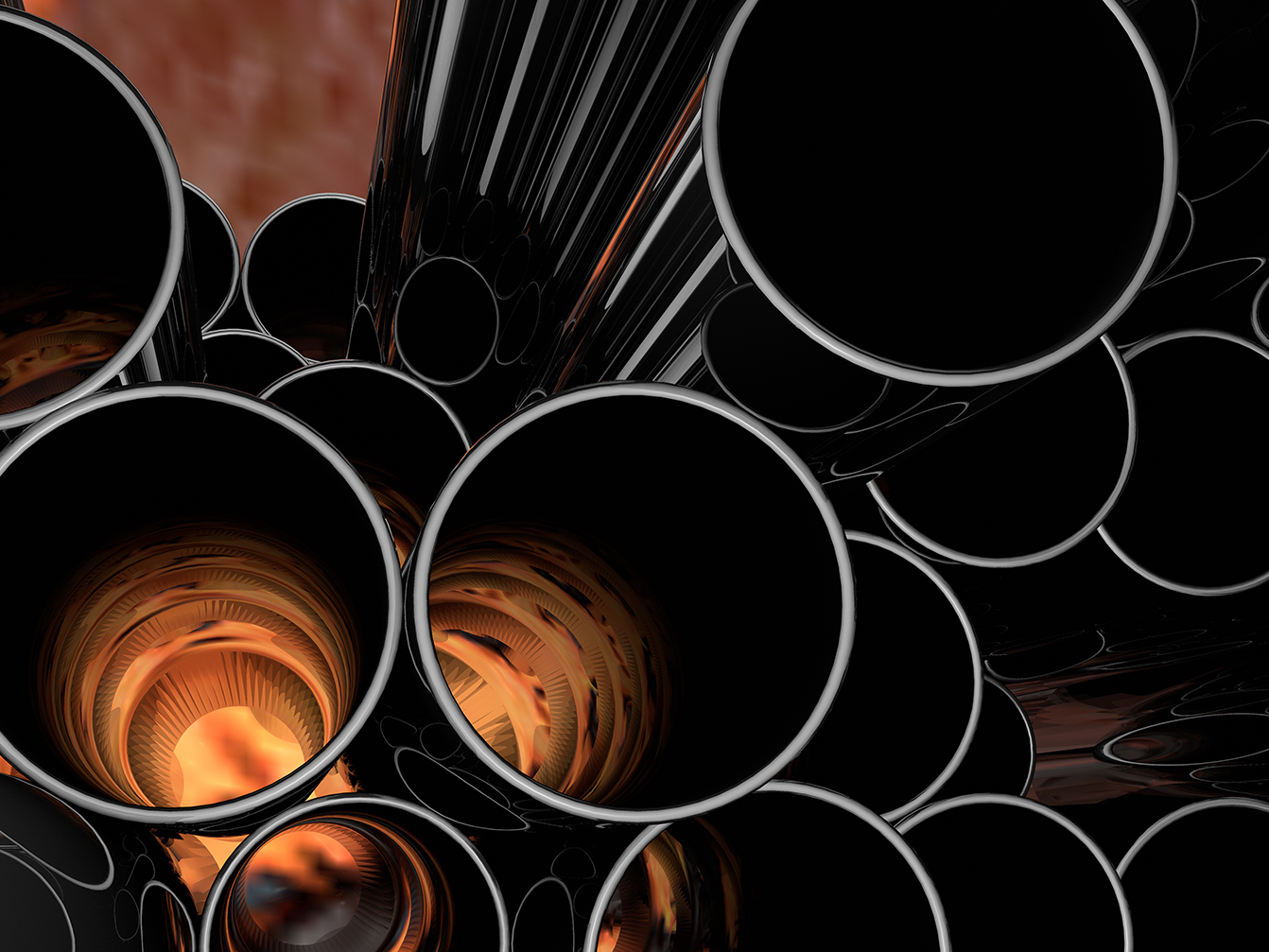On Tuesday 21 March 2023, MinterEllisonRuddWatts hosted its inaugural Construction and Infrastructure conference Building Together | [Re]set for the future for industry governors and senior executive managers actively involved in the sector.
Ross Copland, Chief Executive of The New Zealand Infrastructure Commission I Te Waihanga, provided the scene-setting keynote address.
The keynote provided great context for the following sessions on policy, mega-projects, sustainability, and people, as well as a political presentation by the main parties' representatives on the sector issues and opportunities.
In his address, Ross provided some key metrics for attendees to consider, including:
- the infrastructure spend needs to look at maintenance and renewal of existing assets – we need to spend $60 on maintenance and renewal for every $40 we spend on new infrastructure
- construction costs have risen 60% faster than prices elsewhere in the economy
- on the construction workforce:
- there are not enough workers – New Zealand will have a current projected shortfall of 118,500 construction workers in 2024
- there have been significant labour cost increases
- and there is the increasing aging of our population, requiring succession planning for the existing workforce as existing workers retire
- all this while there is nearly $80 billion in total projects advised, with almost $40 billion underway
- of these there are many ‘mega-projects’ including:
- Water – more than $5 billion annually
- Auckland Light Rail – up to $30 billion
- Health sector projects signalled at $15 billion
- CRL additions (over existing) of $6.7 billion
- however, all of these are currently unfunded.
In addition, there is the rebuild works arising from the January floods and Cyclone Gabrielle, and a rapidly increasing number of private sector energy projects, each with costs in the many billions of dollars. Whilst the Ministry of Business, Innovation and Employment’s (MBIE) 2022 pipeline report had forecast a decline in construction activity from $50 billion in 2021 to $41 billion in 2027, it is likely that these works would now off-set the decline.
Opportunities and focuses arising from the rebuild works are crystallising the need for greater co-ordination and facilitation across projects, including the use of systems developed from the Christchurch rebuild such as the Forward Works Viewer, as well as a focus on building back better – for resilience as well as sustainability.
Construction workforce issues were specifically addressed, noting that while immigration policy is one avenue and has recently been loosened to assist the sector, Ross did highlight the existing work resource available in New Zealand and the disparity between the quoted unemployment rate (of just over 3%) and the people on jobseeker support (available for work) at over 5% – equating that available labour pool at close to the population of Hamilton, which in turn equates to the shortfall in construction workers next year.
In speaking to policy and policy reform, Ross noted that the Resource Management Act reforms need to deliver consents 50% faster (than at present) by 2028 or there will be a delay to the infrastructure pipeline, as well as impacting New Zealand’s emissions ambitions.








